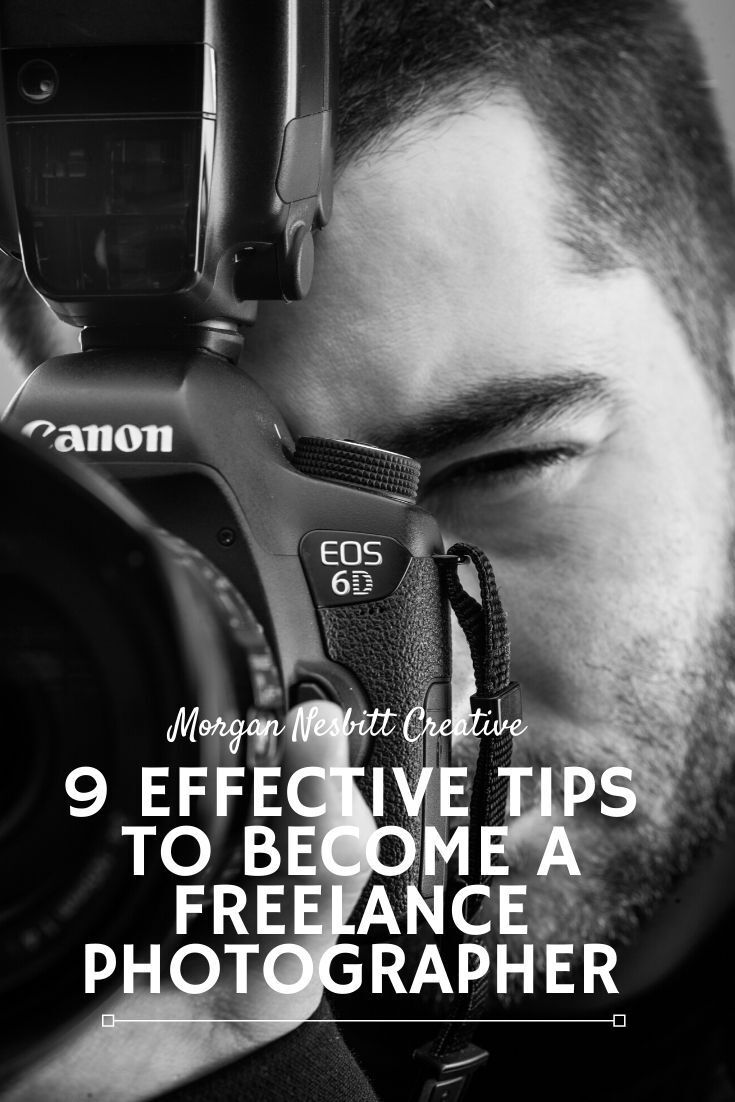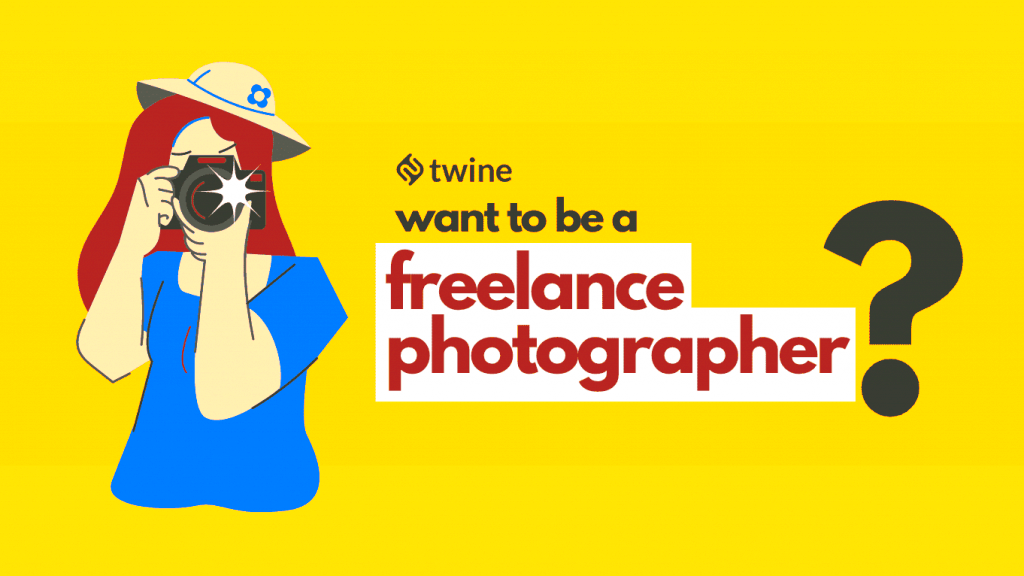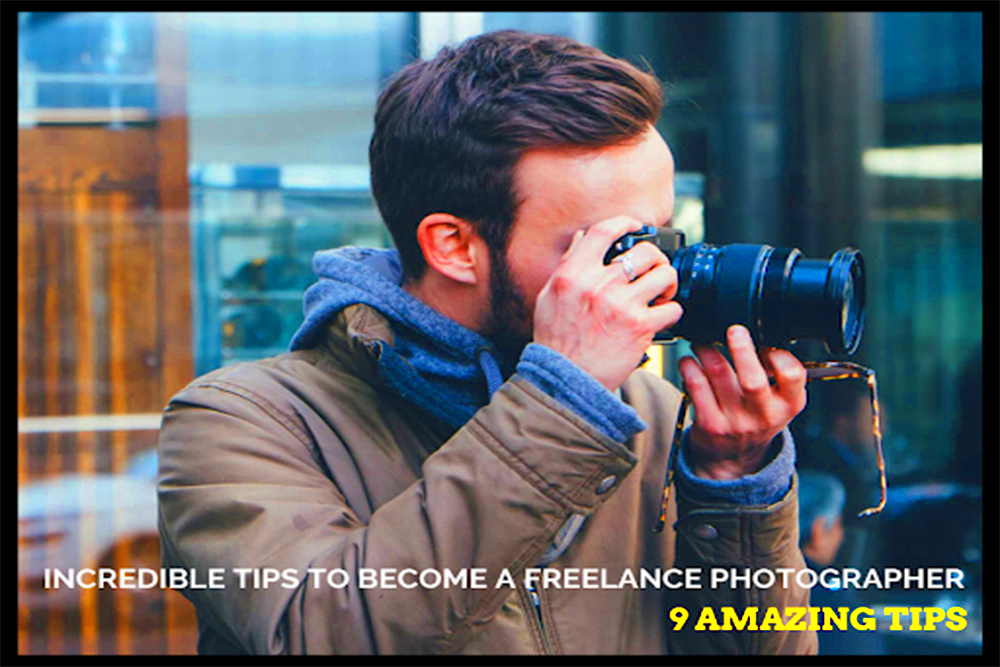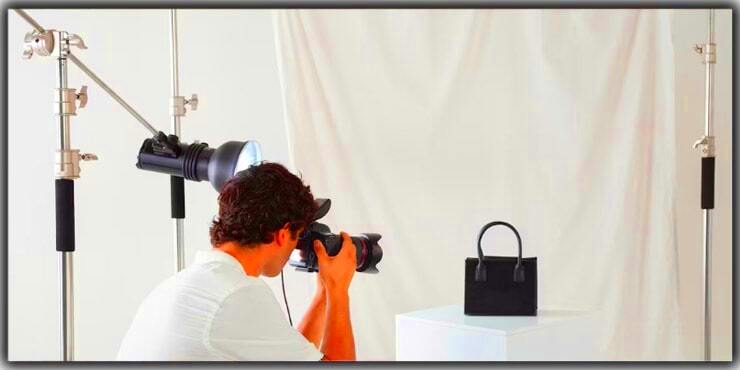Freelance product photography offers exciting opportunities for those who are passionate about photography and have a keen eye for detail. As a freelance product photographer, you get to work with a variety of clients, from small businesses to large brands, helping them showcase their products in the best possible light. The flexibility of freelance work allows you to manage your own schedule and select the projects that interest you the most. If you're interested in pursuing this career, there are several key aspects to understand before diving in.
Understanding the Role of a Product Photographer

Product photographers are responsible for capturing high-quality images of products that will be used for marketing purposes, whether it’s for websites, online stores, advertisements, or catalogs. Your job as a product photographer goes beyond just taking photos; you need to ensure the images make the product look appealing and accurately represent its features. This can involve several tasks such as setting up lighting, adjusting camera settings, and editing the photos afterward. Depending on your client’s needs, you might specialize in various types of product photography, including:
- Studio product photography
- Food photography
- Fashion photography
- Jewelry photography
- Electronics and tech product photography
Each of these categories requires different techniques and attention to detail, so understanding the specific needs of each type is essential to succeed. Your role is not only to take the photograph but also to ensure the product is presented in the most professional and visually appealing way possible, which will directly impact how consumers view and purchase the product.
Also Read This: How to Tip on Fiverr After Delivery
Essential Skills Needed for Freelance Product Photography

Becoming a successful freelance product photographer requires a combination of technical, creative, and business skills. Here are some essential skills you'll need to thrive in this field:
- Photography Skills: A solid understanding of how to use your camera, including adjusting settings like aperture, shutter speed, and ISO, is crucial. Mastering techniques like depth of field, lighting, and composition will help you produce clear, sharp, and visually appealing images.
- Lighting Techniques: Good lighting can make or break a product photo. Whether you're working with natural light or studio lighting, knowing how to manipulate light to highlight product features is essential. You may need to use reflectors, diffusers, and softboxes to control shadows and highlights.
- Post-Processing and Editing: Editing photos using software like Adobe Photoshop or Lightroom is necessary to enhance your images. Retouching, color correction, and removing imperfections are just some of the tasks that might be involved in post-production.
- Attention to Detail: A good product photographer must be detail-oriented, ensuring the product is shown in its best light, free of distractions or flaws in the image.
- Business and Communication Skills: As a freelancer, you'll also need to manage your business. This includes negotiating with clients, setting your rates, managing your time, and ensuring good communication to meet your client's expectations.
These skills are critical for standing out in the competitive world of freelance product photography. Constantly improving and staying up to date with trends in photography and editing will help you maintain your edge in the market.
Also Read This: How to Open a US Fiverr Account
Building Your Portfolio as a Product Photographer

Your portfolio is your visual resume. As a freelance product photographer, it's crucial to build a portfolio that showcases your best work and highlights the types of products you specialize in. A strong portfolio not only helps you stand out to potential clients but also serves as a tool to demonstrate your skills and expertise. When starting out, you may need to work with smaller brands or offer discounted rates in exchange for permission to use those photos in your portfolio.
Here are some tips for building a compelling product photography portfolio:
- Showcase a Variety of Products: Display different types of products, from fashion items to food to electronics, to show your versatility. Potential clients want to see that you can handle different product categories.
- Quality Over Quantity: It's better to have a smaller number of exceptional photos than a large number of mediocre ones. Choose the images that best showcase your technical and creative skills.
- Include Before and After Shots: If you're able to edit your photos, including before and after shots can demonstrate your editing skills and how you improve images.
- Highlight Your Best Work: Make sure the most eye-catching and technically sound images are at the top of your portfolio.
- Get Client Testimonials: If possible, include short testimonials from happy clients to add credibility and build trust with potential clients.
Your portfolio should be easily accessible online, so consider using a website or platforms like Instagram or Behance to showcase your work. A well-curated portfolio is one of the most effective ways to attract new clients and build a successful freelance career.
Also Read This: How to Post Your Work on Fiverr
How to Set Your Pricing as a Freelance Product Photographer

Setting the right price for your freelance product photography services is one of the most challenging aspects of the job. Your pricing needs to reflect the value of your work, but it should also be competitive within the industry. If you’re new to freelancing, it might take some trial and error to find the price that works for you, but there are some key factors to consider when determining your rates:
- Experience and Skill Level: As a beginner, you may need to start with lower rates to attract clients. However, as you gain experience and improve your skills, you can gradually raise your prices to reflect your increased expertise.
- Type of Product: The complexity of the product can influence pricing. Jewelry or high-end fashion photography may require more time, precision, and specialized equipment, justifying higher rates.
- Time and Equipment Costs: Factor in the time it will take to complete the project, including shooting and editing. Don't forget to account for any additional costs such as studio rental, lighting equipment, or props.
- Market Rates: Research what other freelance photographers in your area or niche are charging. This gives you an idea of what clients expect to pay and helps you stay competitive.
Here’s a simple pricing structure you can consider:
| Package Type | Price Range | Details |
|---|---|---|
| Basic Product Photography | $100 - $300 | Simple product shots with minimal editing |
| Advanced Product Photography | $300 - $500 | More complex shoots, including lighting setups and detailed post-processing |
| Package Deals | $500 - $1,500+ | Multiple products with higher-quality images and extensive retouching |
Finally, always be transparent with your clients about your pricing and any additional charges for extra services like urgent turnaround times or additional edits.
Also Read This: What is Fiverr Seller Plus?
Marketing Yourself as a Freelance Product Photographer
Marketing is essential for building your brand and attracting clients as a freelance product photographer. You can be the best photographer in your area, but if no one knows about you, your business won’t grow. Here are some effective marketing strategies to help get the word out:
- Create an Online Presence: Build a professional website or portfolio to display your work. This will make it easy for potential clients to find you. Be sure to include your contact information and client testimonials.
- Leverage Social Media: Platforms like Instagram, Pinterest, and LinkedIn are great for photographers. Post regularly, use relevant hashtags, and engage with your audience to build a following.
- Networking: Attend local events, workshops, or online communities where product designers, marketers, or business owners gather. Building relationships can lead to client referrals and new opportunities.
- Offer Promotions or Discounts: For new clients or businesses just starting, offering discounts or package deals can encourage them to try your services.
- Collaborate with Influencers or Bloggers: Partnering with influencers or bloggers in your niche can help you reach a broader audience. They can feature your work and help promote your services.
Consistency is key when it comes to marketing. Stay active on social media, continuously update your portfolio, and reach out to potential clients. With time, you’ll build a strong reputation and attract more work.
Also Read This: Does Late Delivery with Revisions on Fiverr Create Problems?
Common Challenges Freelance Product Photographers Face
While freelance product photography can be rewarding, it also comes with its own set of challenges. These obstacles can sometimes make the journey more difficult, especially for those just starting out. Here are some of the most common challenges freelance product photographers face:
- Inconsistent Income: One of the biggest challenges of freelancing is the lack of steady income. Unlike a traditional job, your earnings can fluctuate depending on the number of clients you have and the size of the projects you take on.
- Client Expectations: Sometimes, clients may have unrealistic expectations about what can be achieved within a given time frame or budget. Managing expectations and communicating effectively can help avoid misunderstandings.
- Time Management: As a freelancer, you're not just taking photos. You also need to handle business tasks such as marketing, invoicing, and client communication. Balancing these responsibilities can be difficult.
- Equipment and Maintenance Costs: Photography gear can be expensive, and maintaining it properly is essential for high-quality work. This can become a significant expense, especially when you’re just starting and not making a lot of money yet.
- Competition: The freelance photography market is highly competitive, with many talented photographers vying for the same clients. Finding your niche and differentiating yourself from others is key to standing out.
By recognizing these challenges and being proactive, you can overcome them and build a successful freelance photography business. Communication, time management, and understanding your business costs are essential for long-term success in this field.
Also Read This: How to Bid on Fiverr Gigs as a Seller
Frequently Asked Questions
If you're new to freelance product photography, you likely have a lot of questions. Here are some answers to the most frequently asked questions about this career path:
- How much should I charge for product photography?
Pricing varies depending on the type of product, the complexity of the shoot, and your experience. Start by researching market rates, and gradually increase your pricing as you build your portfolio and client base. - Do I need a professional camera to be a product photographer?
While having a professional camera can certainly help, it's not strictly necessary. Many photographers start with a high-quality smartphone or entry-level DSLR. What's more important is your knowledge of lighting, composition, and editing. - How can I get my first photography clients?
Start by offering your services at a discounted rate or for free in exchange for portfolio-building images. Networking, using social media, and collaborating with small businesses can help you land your first clients. - What should be included in a product photography portfolio?
Your portfolio should include high-quality images that showcase your best work. Include various types of products (e.g., clothing, food, electronics), and make sure your images highlight your ability to light, shoot, and edit effectively. - How do I handle post-production and editing?
Editing is a crucial part of product photography. Learn to use photo editing software like Adobe Photoshop or Lightroom to enhance your images, adjust colors, and remove imperfections. It's important to find a balance so your images look professional but not overly edited.
Conclusion
Freelance product photography offers a great deal of flexibility and creative freedom, but it also requires dedication, hard work, and constant learning. Building a strong portfolio, setting appropriate pricing, and marketing yourself effectively are key components of a successful freelance career. While there are challenges along the way, such as inconsistent income and high competition, staying focused and managing your business well can help you overcome these obstacles. Keep learning, stay motivated, and be prepared to adapt as the industry evolves. With persistence and passion, you can make a successful career as a freelance product photographer.




